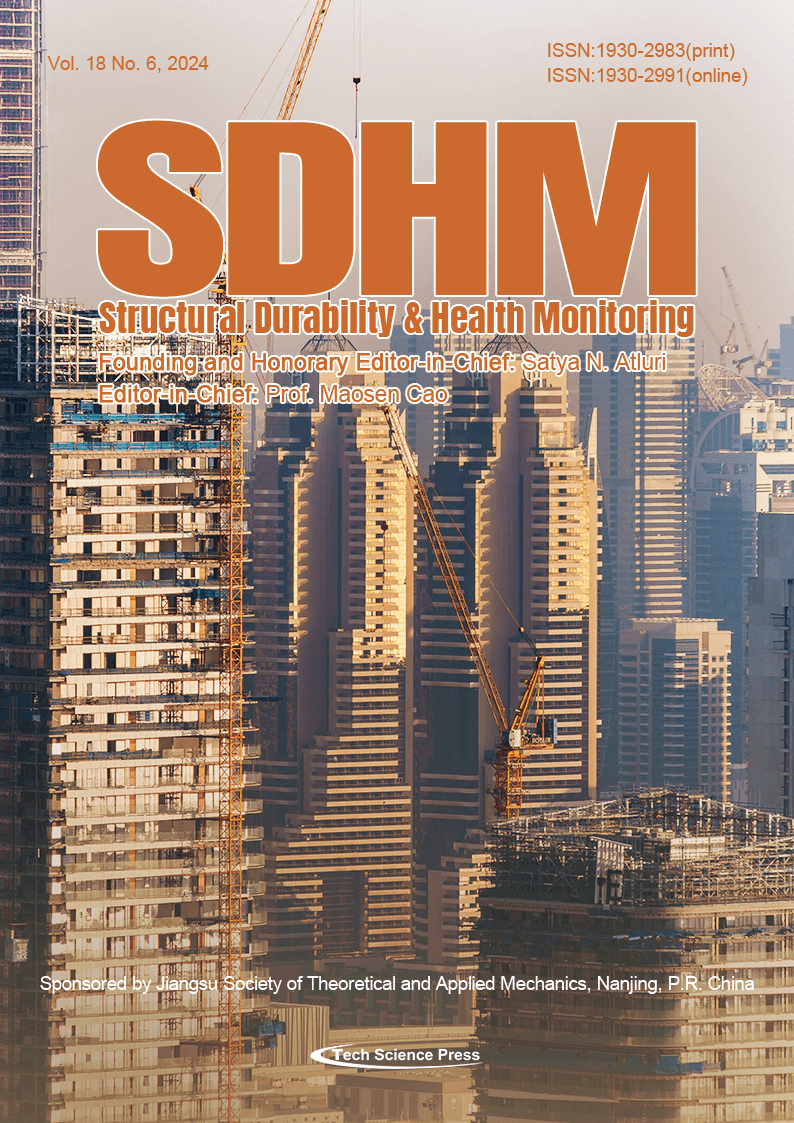
The possibility of determining the integrity of a real structure subjected to non-invasive and non-destructive monitoring, such as that carried out by a series of accelerometers placed on the structure, is certainly a goal of extreme and current interest. The analyzed structure is a lattice structure approximately 9 meters high, monitored with 18 uniaxial accelerometers positioned in pairs on 9 different levels. The results obtained are extremely interesting, as all the minor damage caused to the structure was identified by the processing methods used, based solely on the monitored data and without any knowledge of the real structure being analyzed.
View this paper